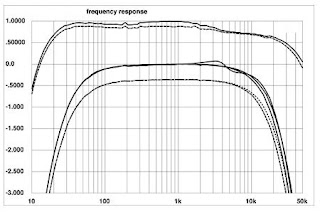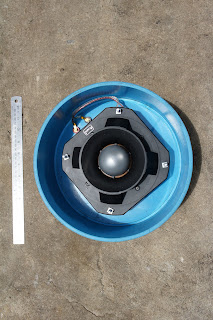DIY is actually very time consuming in nature. Making improvements through iteration is also part and parcel of it. It takes time and efforts on matters that appear trivial. Frequent trips made to the hardware shops to find the right materials & sizes etc.
A steel supplier in town that provides us the commonly needed items.

Yaowarat (Chinatown), Klong Thom and Baan Mor areas in Bangkok has a vast variety of businesses spanning consumer wholesale to specialized industrial parts. Though in close proximity to each other, it is a vast area with honeycomb web of shops in the thousands.
Looking for parts here is a task itself. Specialty shops tends to congregate in various pockets but spread out. One needs local knowledge to navigate around. The degree of their specialization is remarkable. For example this shop specialize in gears & belt pulleys only, others could be just just bearings, screws & nuts, electrical & control gears, electronic spares etc.

Parts needs to be machined are outsourced to a local workshop.

After the initial prototype, a second round of parts procurement followed. Drive shaft needed to be machined to fit the bearings etc. My friend P'Wah did most metal work in-house to complete the assembly.
Two new motors are selected for trials with 6" wheels. One axial:

The other is orthogonal to the drive axis.

An industrial grade control joystick is next upgrade.

So are the other free-wheeling 6" wheels.

Soon we shall test drive the improved version.
Lots of effort input no doubt, but the reward to see it through is very satisfying.
The other part of experience was to soak in the hustle and bustle atmosphere of Bangkok Chinatown. I would observed how every available space is utilized to the limit and how each individual makes a living within this chaotic space. Yet there is an order in this apparent chaos.
Amongst it are heritage of beautiful Chinese temples, traditional shops etc.
A taste of Chinese herbal drink here - it's rather bitter and took it all in one gulp.

Last but not least, discover the best Chinese food in Bangkok Chinatown!




















